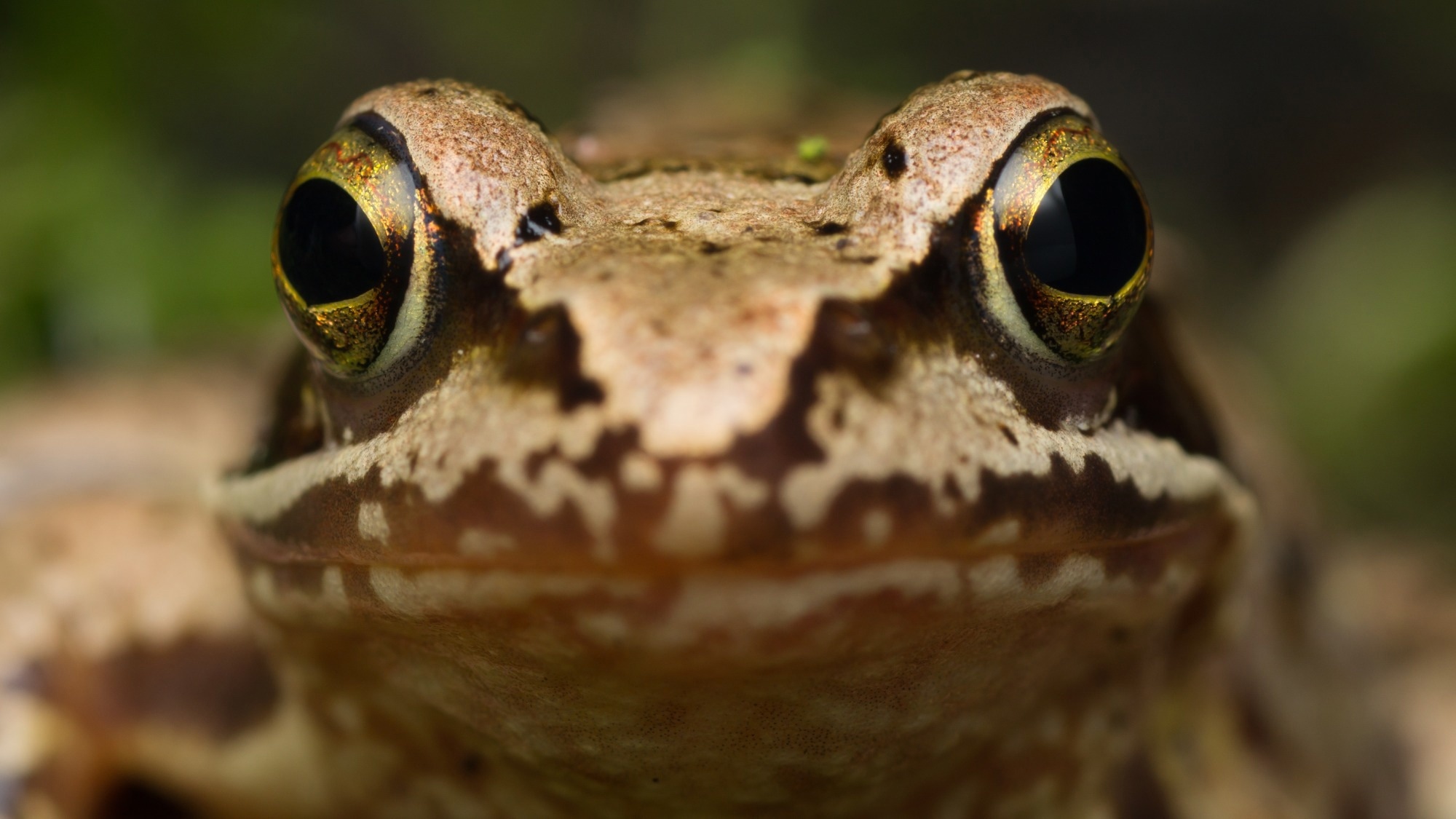In a recent study published in the Emerging Infectious Diseases journal, researchers discussed the infection of common frog Rana temporaria tadpoles with Ranid Herpesvirus 3.
As a result of infectious diseases, global amphibian populations are declining rapidly. The decline of amphibian populations results in a significant reduction in biodiversity and essential biomass, potentially impacting human health. Two new alloherpesviruses have been found in the common frog and common toad, named ranid herpesvirus 3 (RaHV3) and bufonid herpesvirus 1, respectively.
 Dispatch: Ranid Herpesvirus 3 Infection in Common Frog Rana temporaria Tadpoles, Norway. Image Credit: David Daniel Fotografie / Shutterstock
Dispatch: Ranid Herpesvirus 3 Infection in Common Frog Rana temporaria Tadpoles, Norway. Image Credit: David Daniel Fotografie / Shutterstock
About the study
In the present study, researchers explored the possibility of RaHV3 infection in wild common frogs before they undergo metamorphosis.
In 2022, 14 samples of free-ranging tadpoles were collected from five ponds in Norway. The sample batches contained three to 13 tadpoles each and were taken from the ponds or nearby areas. The collection was made after adult frogs with lesions similar to those noted in RaHV3 infection were spotted earlier in the year. The ponds were sampled two to three times between early June and mid-July 2022. Tadpoles were classified according to the Gosner developmental stages, which spanned from stages 26 to 36.
Tadpoles were collected and euthanized in a humane manner using tricaine methanesulfonate. Deoxyribonucleic acid (DNA) was extracted from one half of each tadpole, and the other half was fixed in 10% buffered formalin. The partial genome sequence of RaHV3 was amplified. DNA was extracted from multiple tadpoles obtained on each sampling date and pond location. If a positive signal for RaHV3 was found through polymerase chain reaction (PCR), all tadpoles from the same location were tested.
Results
RaHV3 was detected in two out of 14 batches of tadpole DNA using qualitative and quantitative PCR. The positive samples were collected from two out of five pond locations that were tested. Out of 13 tadpoles from Lillehammer Pond and 4 from Skytta Pond, six and one tadpole were found to be positive for RaHV3 DNA, respectively. The genome equivalents ranged between 2 × 101 and 2 × 107. A 100% match was found with the reference strain RaHV3_FO1_2015 after sequencing amplicons obtained through qualitative PCR.
No variations were detected in the histological sections of tadpoles that tested positive and negative for RaHV3 PCR. However, the potential impact of RaHV3-related modifications could have been masked due to the significant autolysis detected in the tissue sections under investigation.
Conclusion
The study findings confirmed the hypothesis that the frog's infection takes place during its pre-metamorphic embryonic or larval phases. Leopard frogs (Lithobates pipiens) were only susceptible to RaHV1 infection during the early embryonic stages. It is unclear why pre-metamorphic frogs are more vulnerable to herpesvirus infections. Premetamorphic frogs may be more susceptible to natural infection due to the absence of keratinized skin and significant differences in their immune system compared to postmetamorphic life stages.
The research indicated the possibility of sporadic RaHV3 infection in various tadpole populations, along with a high lethality rate of the virus in infected tadpoles. The second hypothesis suggested that it would be challenging to identify RaHV3-positive tadpoles in natural settings due to their quick death and scavenging. Alloherpesvirus, a type of herpes virus, infects animals and tends to cause more severe illness and mortality in young individuals compared to adults. RaHV3 has the potential to cause high mortality rates in infected tadpoles, leading to low detection rates among the surviving tadpole population.
The study provides new insights into the pathogenesis of RaHV3 and its potential impact on both pre- and post-metamorphic life stages in amphibian hosts. The study of the effects of RaHV3 and other herpesviruses on frog populations is crucial for amphibian conservation efforts, biodiversity preservation, and, ultimately, the well-being of humans and the planet.